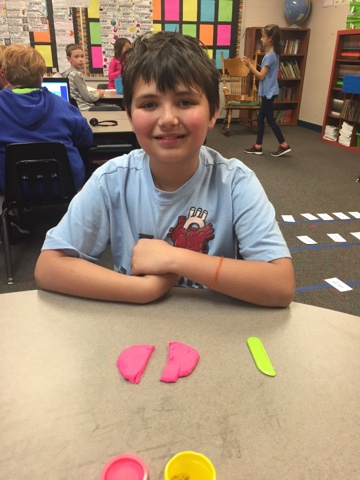Numerator- The top number in a fraction. It is also the counting number.
Denominator- The bottom number and tells us how many total parts are in one whole.
Equivalent Fractions- Different fractions that represent the same amount. Example: 2/4 and 1/2
Unit fraction- A fraction with a 1 in the numerator. It represents one piece.
Partition- To split or divide into equal parts
Proper fraction- When the numerator is smaller than the denominator. Example: 2/3, 1/2,etc.
Improper fractions- The numerator is larger than the denominator. Example: 8/5, 6/3. *The students are expected to know proper fractions only at this time, but it is good for them to be aware of improper fractions.
Encourage your child to find real world examples of fractions and share them with you by naming the fraction. When there is a 2 in the denominator it is helpful to remind them that you describe this by saying "halves." They tend to say "one-twos" or "two-twos." I always joke and say we aren't ballerinas. 😉
Here are pics from part of our fraction unit. We walked the number lines (linear models) so the students could feel the size of the fraction getting smaller as the denominator got larger. Example: 8 equal parts, or eighths, represent a smaller piece than two equal parts, or halves. The whole is the same size so you have to fit more inside. If the denominator is larger, the pieces are smaller. If the denominator is smaller, the pieces are larger.










No comments:
Post a Comment